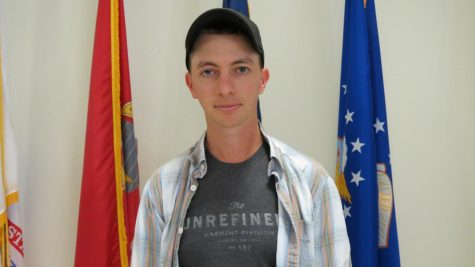The elite smoke the competition away
Marijuana use in sports has not been a secret, and even some of the elite athletes advocate the drug in sports.
In terms of medical use, it is useful to know two primary components of marijuana. Tetrahydrocannabinol, known as THC, is the most well known cannabinoid found in marijuana. It is the psychoactive component that primarily causes the “high” associated with the plant. Cannabidiol, more commonly referred to as CBD, is non-psychoactive and has the most medical potential of the cannabinoids. CBD does not cause the “high” associated with THC, and has been used recently to treat seizures and other neurological disorders.
The potential health benefits of weed, especially where athletes are concerned, is a large and delicate issue.
When picturing the elite athletes, recreational marijuana use is often not mentioned. With some reaching success in their respective fields, it shows that recreational smoking does not hinder an athlete’s ability.
Arguably the biggest weed advocate in sports is former NFL running back Ricky Williams. His marijuana use was spoken about in the short film “Ricky Williams Takes the High Road,” produced by Sports Illustrated.
“It started to become a daily ritual after practice, and it did coincide with an injury,” Williams said in the film. “I fractured one of my ribs against the Rams and it didn’t seem like any medication took it out.”
Olympic swimmer Michael Phelps has admitted to marijuana use after a picture of him smoking from a bong surfaced in 2009. Phelps lost sponsorships, and was given a three-month suspension, but his image as an Olympian was relatively untarnished.
Since his marijuana use was made public, Phelps went on to the 2012, and 2016 Olympics to win nine gold and three silver medals making him the most decorated Olympian ever.
Disciplinary action for marijuana use varies from the different athletic commissions, as there is no set punishment for the offense.
The Nevada State Athletic Commission suspended mixed martial artist Nick Diaz for five years along with a $100,000 fine for his third failed drug test.
Diaz is a prescribed weed patient under the California law to treat his Attention Deficit Hyperactivity Disorder. Along with his brother Nate, the Diaz brothers are the biggest weed advocates in MMA and have often challenged the policies.
Nate Diaz was seen smoking a vape pen after his UFC 202 fight against Conor Mcgregor and explained the positive effects of cannabis.
“It’s CBD,” Nate told reporters in a post-fight interview. “It helps with the healing process and inflammation, stuff like that. So you want to get these for before and after the fights training.”
NFL players have been investigating the positives of allowing CBD into the league. The long term effects from head trauma, most specifically CTE, a degenerative disease found in people that suffer severe or repeated head trauma, scare the players. While the league continues to investigate other options, the players may have already found the solution in marijuana.
“It’s not about getting stoned,” NFL linebacker Derrick Morgan told CBS. “It’s about the medicine behind it”.
All athletes struggle with recovery after competition and training. Marijuana is touted by many as the safest alternative to pain killers and opiates, which are often and easily abused.
“When you prioritize player health and safety, and you say that and you proclaim that it’s one of your main initiatives, you have to look into everything that’s out there. And cannabis has been something that has been showing promising results,” Morgan said.





